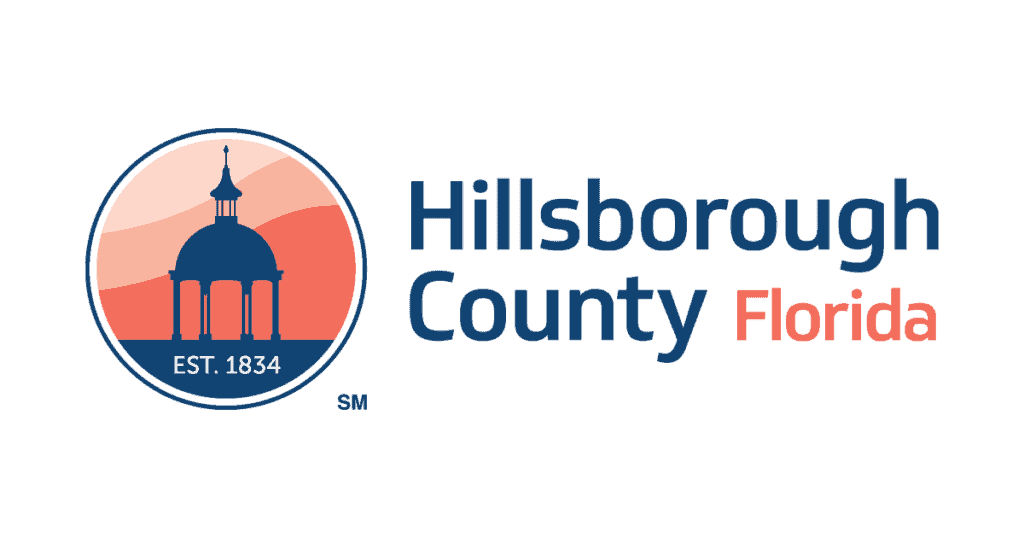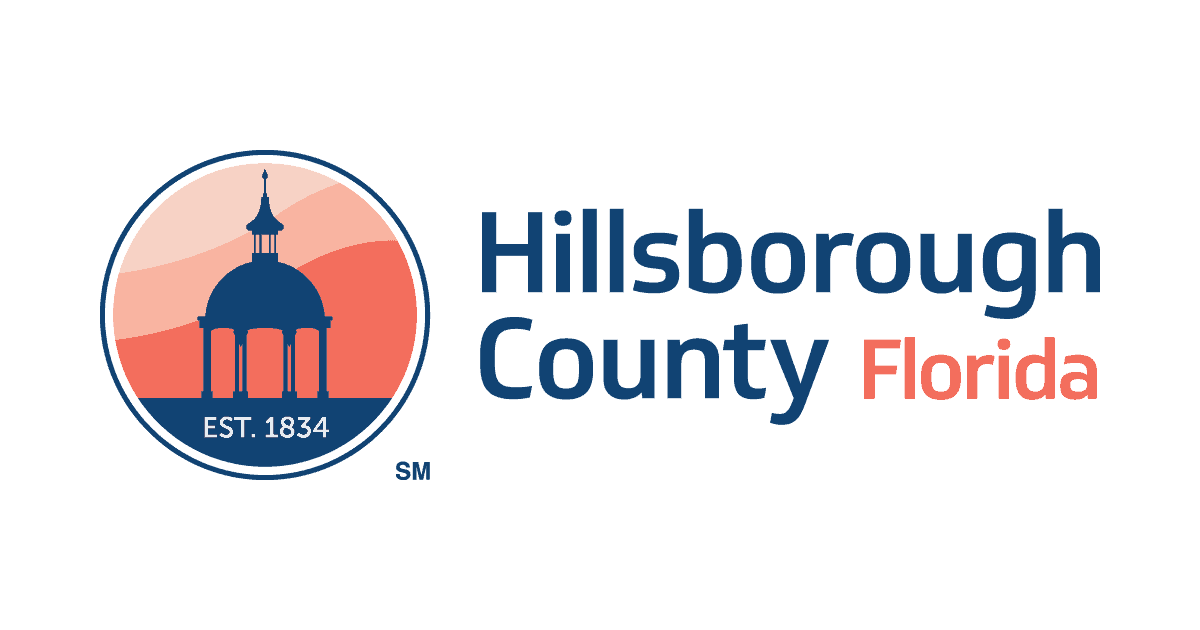May 9, 2020
By Tiffany Razzano

The Board of County Commissioners approved the allocation of $257 million to life safety and economic recovery programs at their meeting Wednesday. Hillsborough County received these funds through the federal Coronavirus Aid Relief and Economic Security (CARES) Act, a $2 trillion pandemic relief package passed by Congress March 27.
Any portion of these funds not used by Dec. 31 must be returned to the United States Treasury, said Kevin Brickey, director of the county’s management and budget department.
County staff recommended Hillsborough earmark $35 to $60 million for life safety programs and $110 to $215 million for economic recovery. The goal is to provide “economic support to those suffering from unemployment or business interruptions due to COVID-19-related business closures,” Brickey said,
Initiatives that fall under the life safety category include rent, mortgage and utility payment assistance through the Rapid Response Recovery Program, and partnerships with Feeding Tampa Bay, Metropolitan Ministries and other food banks and community organizations to distribute meals and groceries to those in need.
Other programs offer direct community services like operating coronavirus testing sites, supplying protective equipment and supplies, and providing housing and shelter to those displaced by COVID-19 as well as funding for government and community facility and operational improvements “to keep the public safe and minimize any possible spread,” Brickey said.
There are four main programs under the economic recovery category: Workforce Training, and Accelerated Business Recovery, Back to Work and Safe at Work grants.
“What we are bringing forward to you is a combination of relief programs but also forward-looking economic recovery programs,” said Ron Barton, assistant county administrator for economic prosperity.
He added, “We want our businesses to open their doors. We want them to start providing services and commodities to our citizens and want to put people back to work.”
The programs “are structured to expedite recovery…and address and complement cracks in federal and state programs” by placing an emphasis on small businesses and businesses in disadvantaged areas, Barton said.
Between $30 and $60 million has been designated for workforce training, both individualized and training offered by businesses. This is “key,” he said, as many individuals who are out of work might not return to their prior industries. Unemployed can access these training opportunities to better position themselves for work down the road.
Safe at Work grants will assist businesses as they reconfigure their buildings and prepare their workspaces to meet social distancing guidelines and other safety protocols.
Accelerated Business Recovery grants or “kick-starting grants” are “an immediate infusion of capital for
small businesses,” Barton said. The intentions are to get “businesses opening, starting to run their business and businesses rehiring people,” he added.
Meanwhile, “Back to Work grants are crafted to get residents rehired or, in some cases, brought back from furlough,” he said.
This grant program includes mid-sized and larger companies as well as smaller businesses in hopes that they will rehire employees or create new jobs.
Commissioners unanimously approved these programs designed for the CARES Act funding given to Hillsborough, and county staff will finalize these initiatives over the next two weeks.
“We all know we’re in very uncertain economic times and the first thing we want to get across to our business community, really, is that we’re open for business,” said Commissioner Sandra Murman. “With these policies and all this help and assistance, the incentives, the grants, we’re definitely giving that message. There’s so many opportunities for a small business to recover and get back on their feet.”

